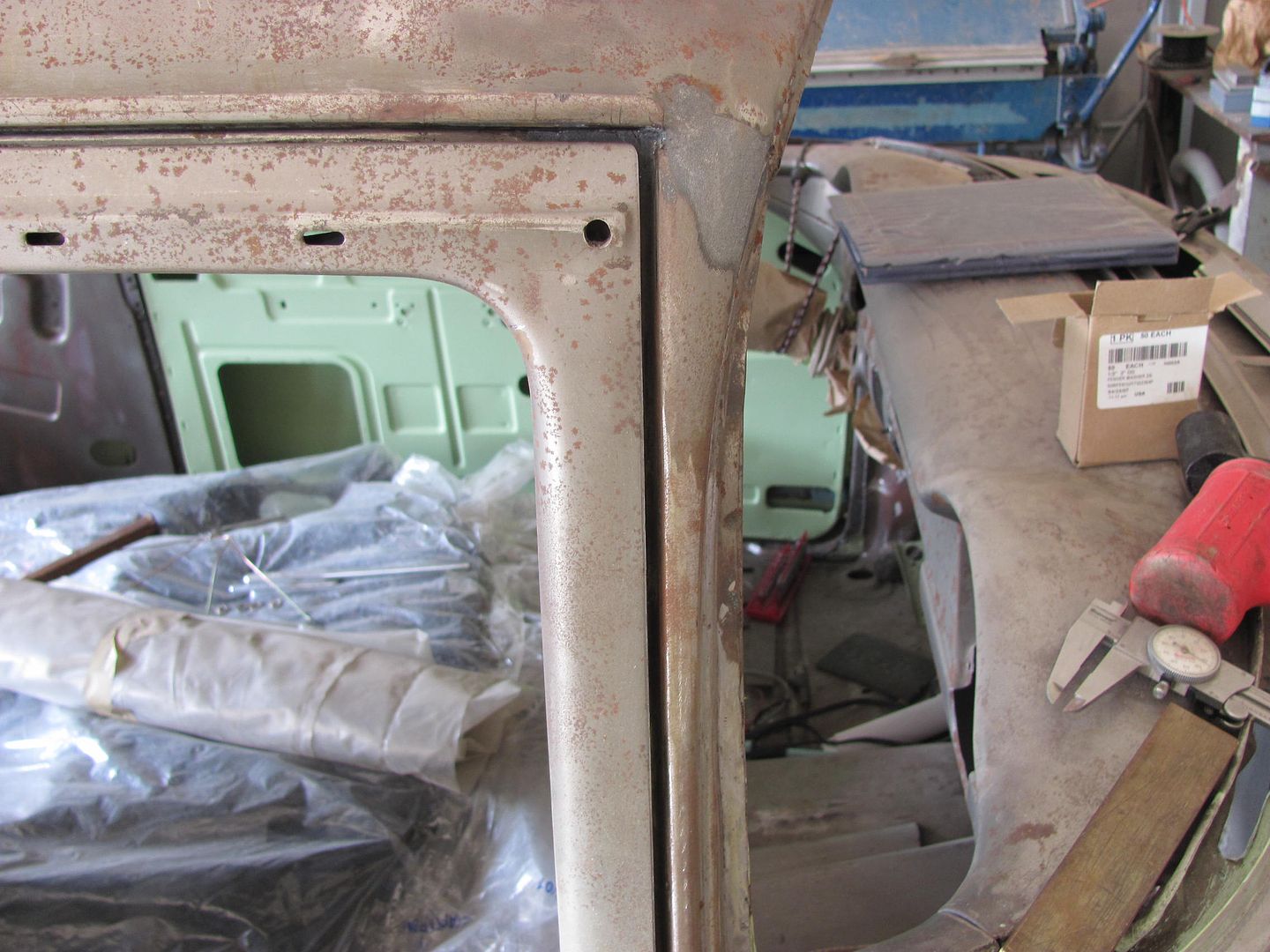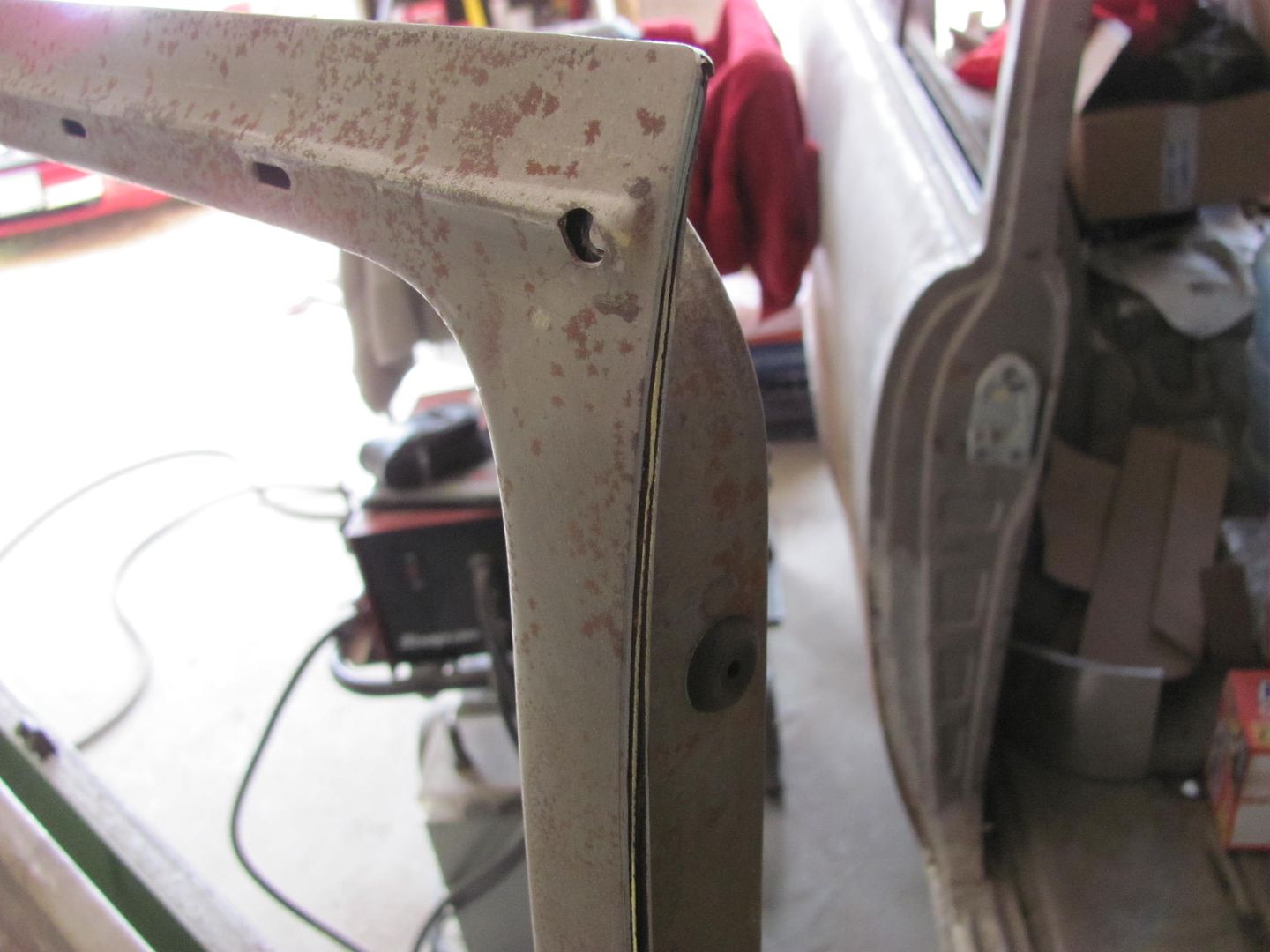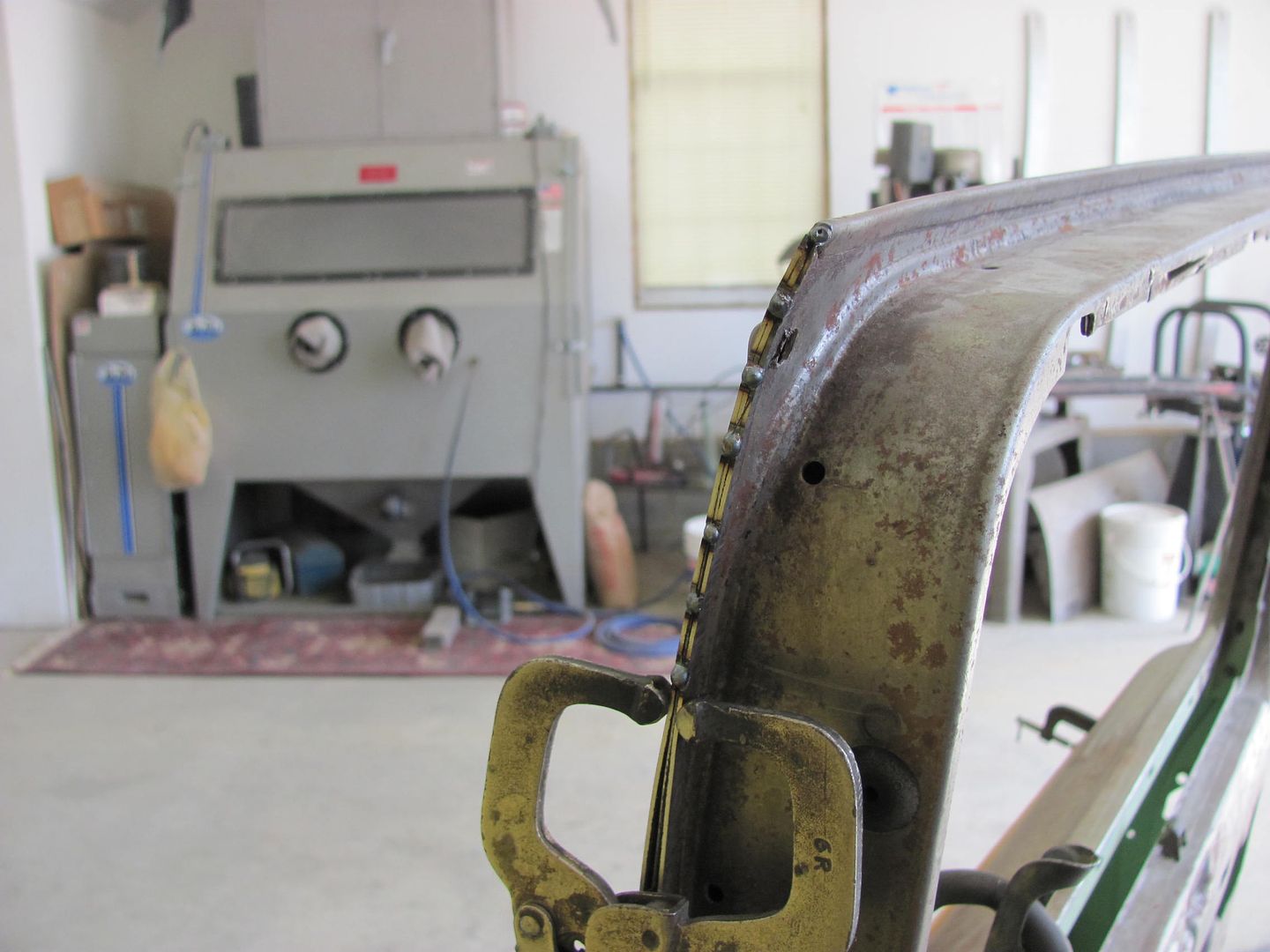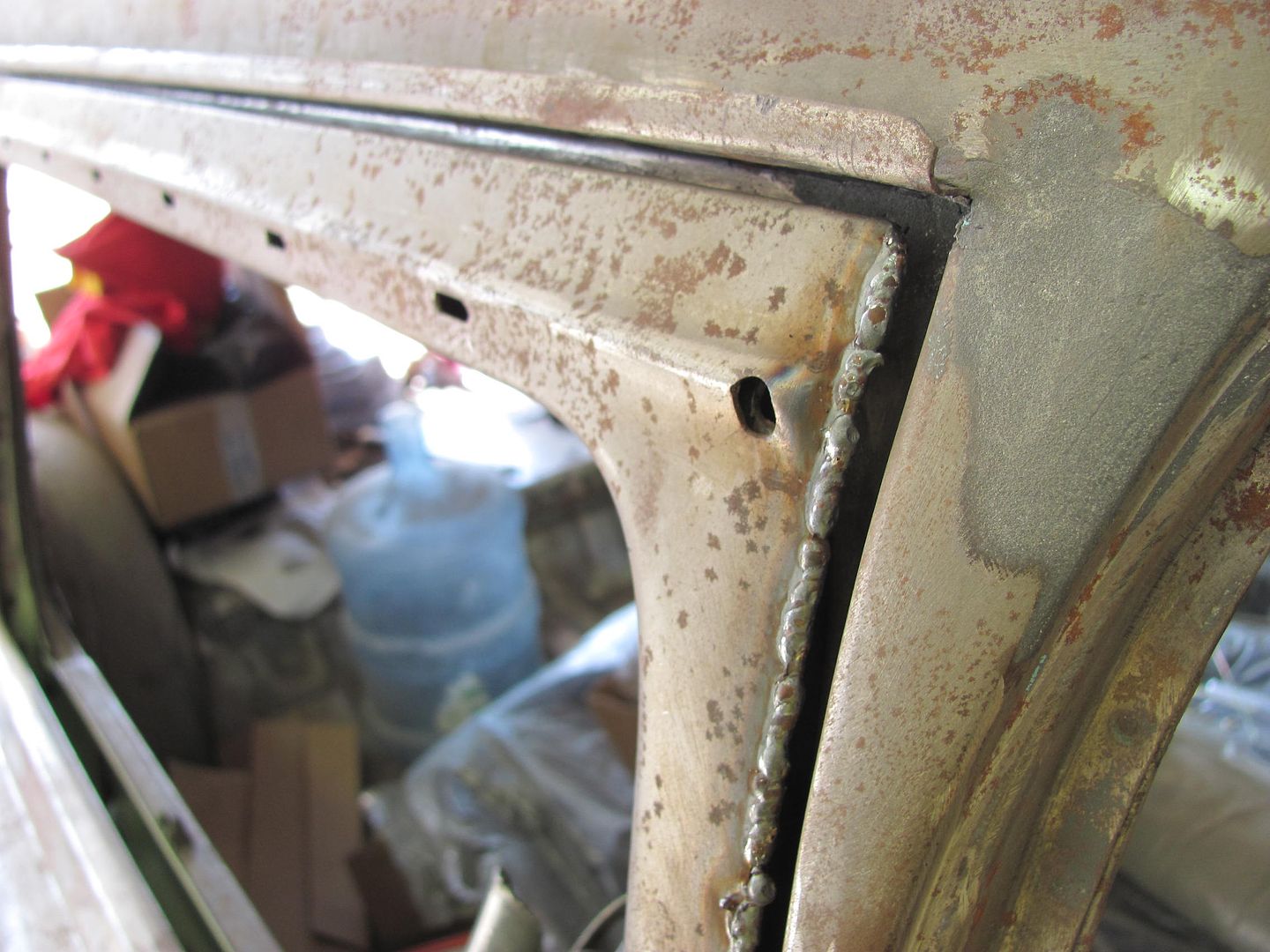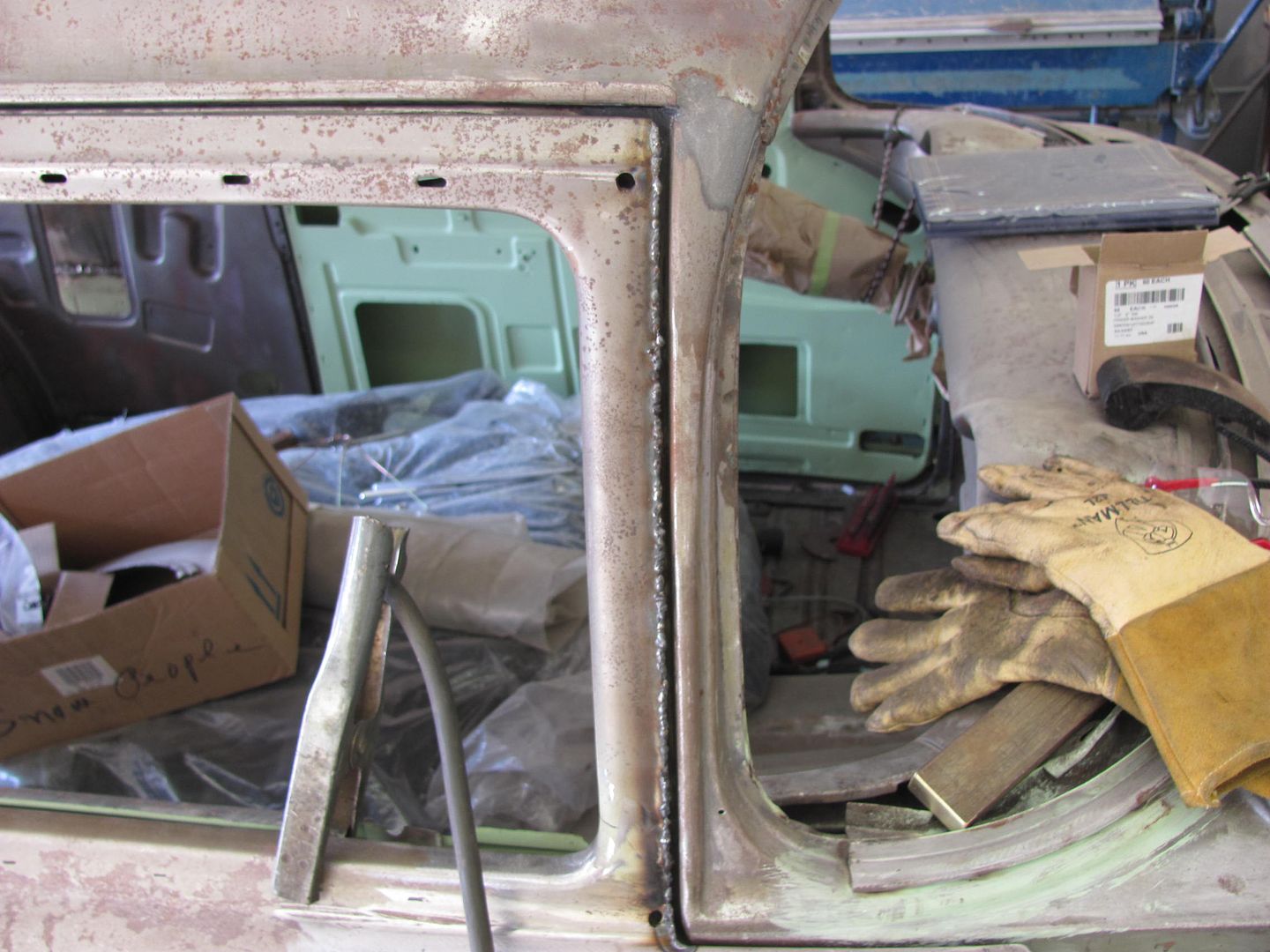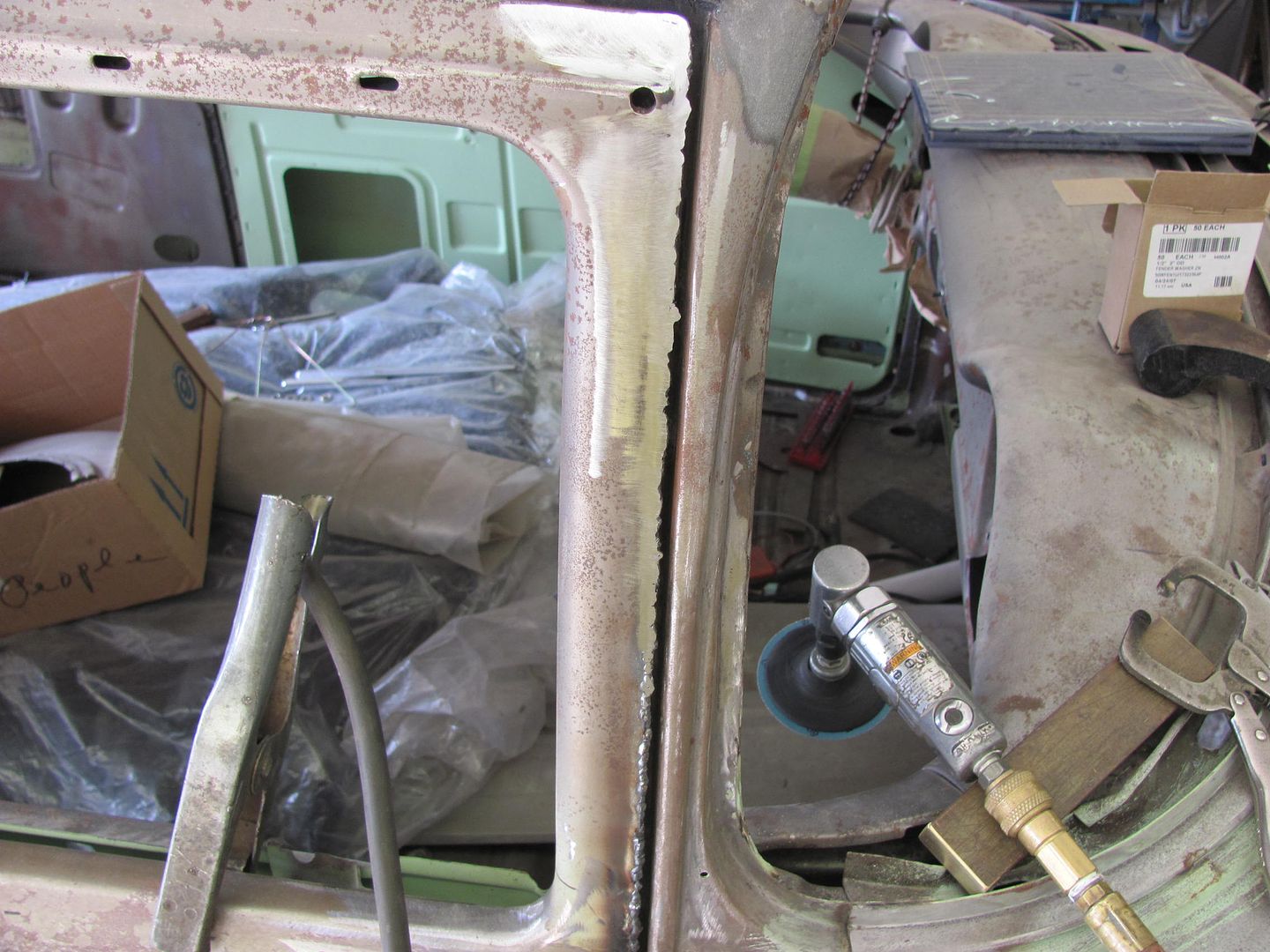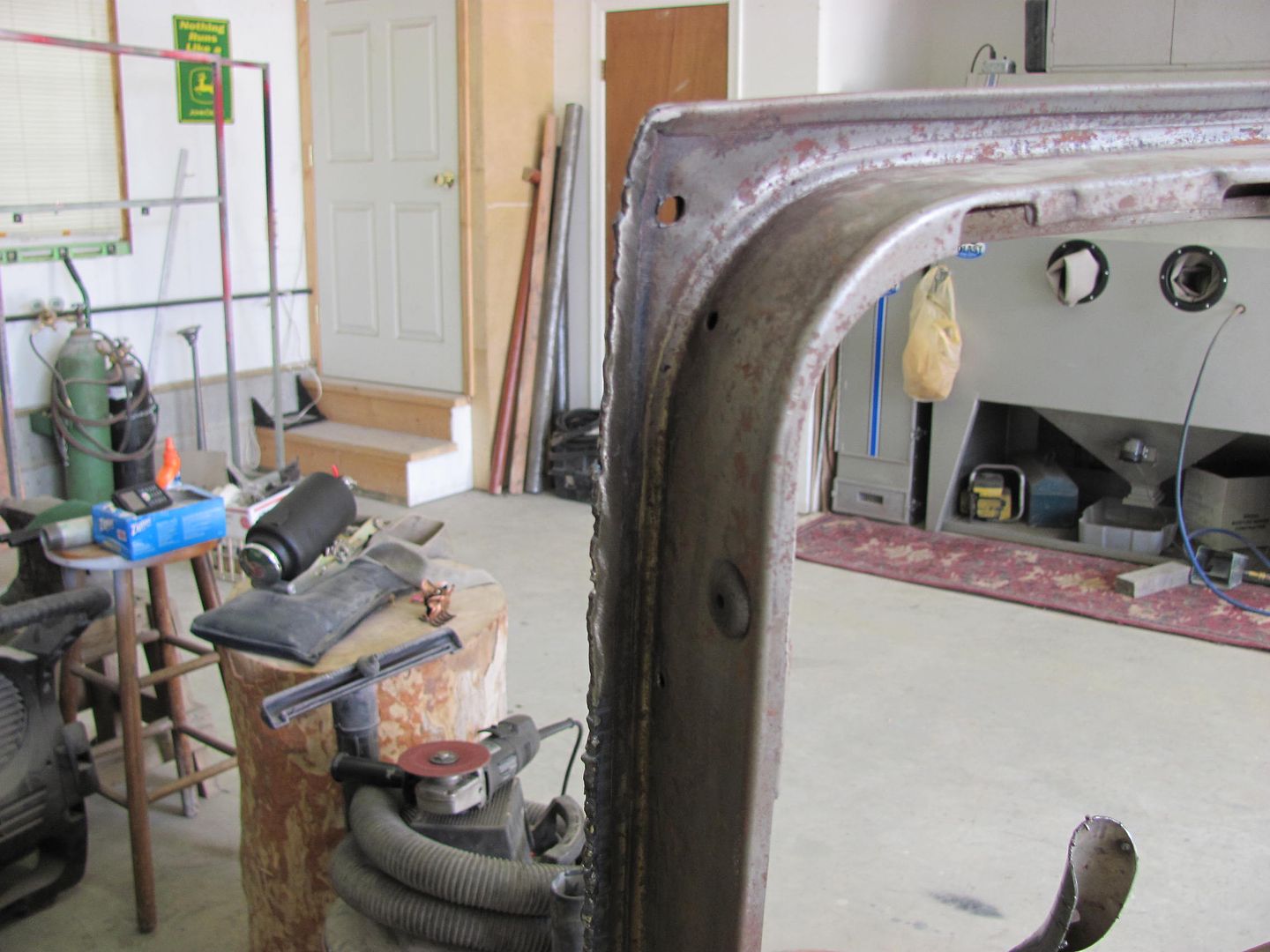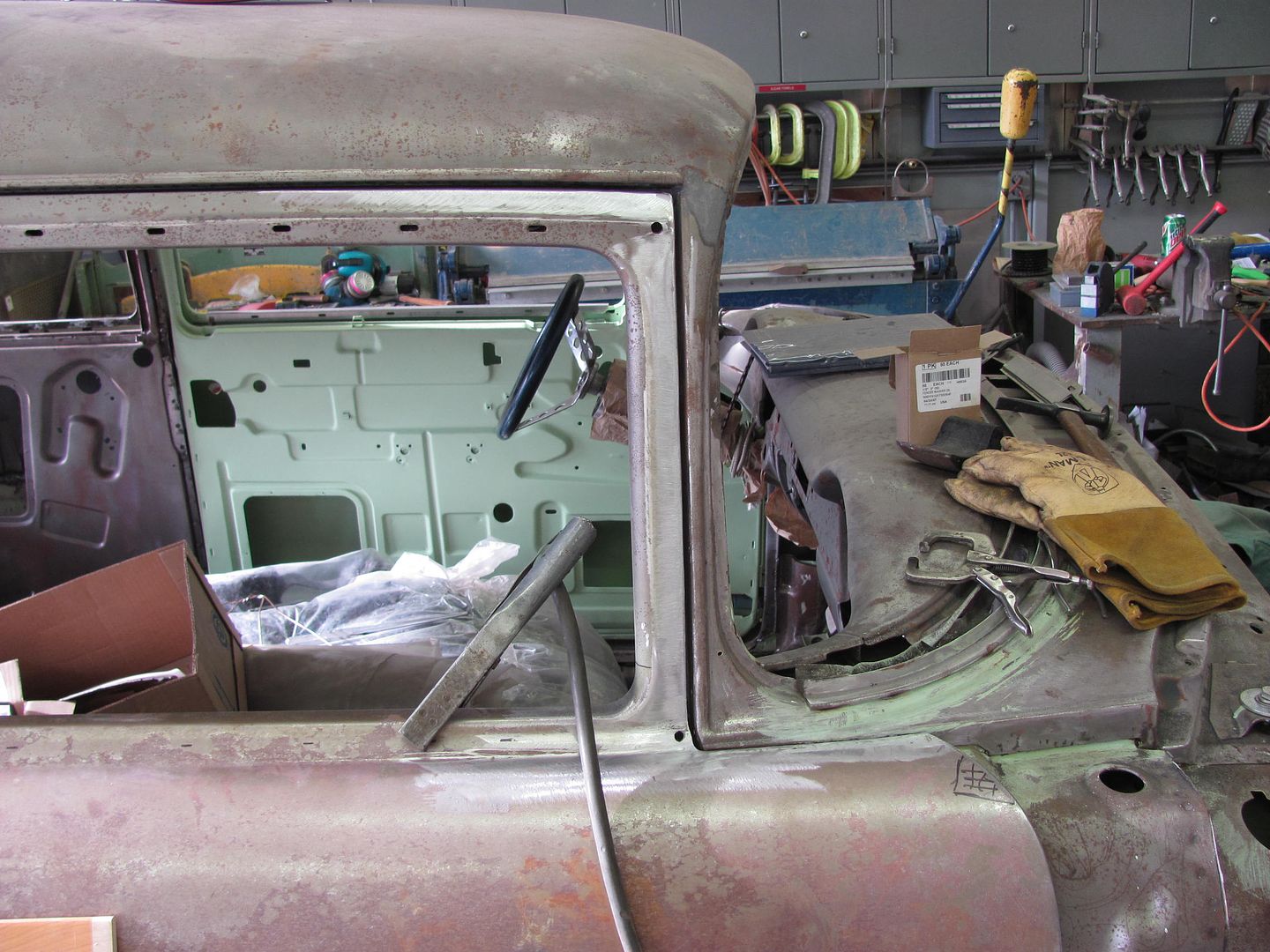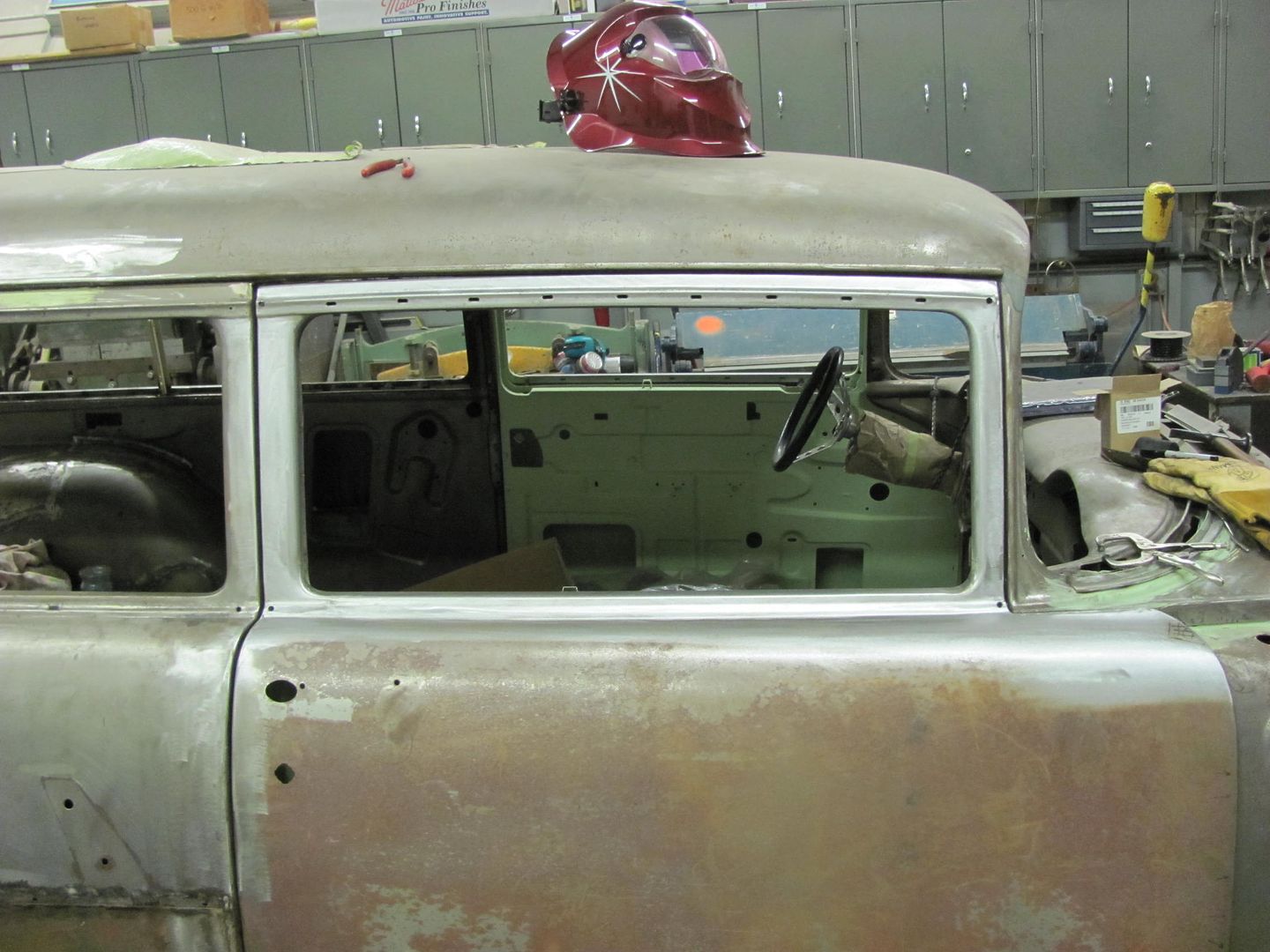As already stated I didn't know about SB until about a year ago, but a lot of what I thought was brass, is actually SB. I have been playing around with it a little and I like it.
This guy lives in Lansing Mi and they did have a fisher body plant there, but it closed about 10 years ago. He could also be talking about the Cadillac Fisher Body plant in Detroit that closed about 30 years ago.
Re: MIG Silicon Bronze?
Quote "Silicon Bronze takes less heat input and shrinks less so it works great for welding panels and since Silicon Bronze is Copper and Tin, paints, fillers, and powdercoats adhere very well."
Yup.
All the welding robots doing MIG on body panel assys' in the GM plant I worked in were welding with Silicon Bronze wire.
In the old Fisher Body plant, they had a booth the bodies would travel thru & some of the panel welding was done by hand (with SB), then ground smooth by workers in those booths wearing full suitup gear & supplied air full coverage helmets.
It was a horrid job.
This guy gives his location as Central Michigan
Re: MIG Silicon Bronze?
i bought silicon-bronze mig equipment for the ford assembly plants to replace gas brazing back in the late 60's . these were short welds (about 1/2") where the roof joined the a-pillars and the rear window qtr panel joint.also where the upper-back panel wrapped into the rear window opening and the deck lid opening.
http://weldingweb.com/showthread.php?37770-MIG-Silicon-Bronze
This is from the Aurora story by Bloomberg BusinessWeek
SEAMLESS FIT.
The manufacturing engineers used the time to devise solutions to some tricky problems. Resolving a dispute about how to attach the Aurora's roof to the rear quarter panel required flexibility and cooperation that have been rare at GM. Burke and his designers wanted a smooth, flowing line where the two parts met. But Masch's engineers didn't want to use conventional welding to join the two pieces--that would require putting a big hole in the frame for the welder to reach through, weakening the rigid structure. Instead, the engineers suggested a new manufacturing process they had already been tinkering with. They devised a way for robots to spray molten silicon bronze smoothly into the roof seam. To make sure the tricky technique was worked out by Aurora's launch, the -----@--------- plant pioneered it in 1992 on other Olds and Buick cars.
http://www.businessweek.com/stories/1994-03-20/gms-aurora
This guy lives in Lansing Mi and they did have a fisher body plant there, but it closed about 10 years ago. He could also be talking about the Cadillac Fisher Body plant in Detroit that closed about 30 years ago.
Re: MIG Silicon Bronze?
Quote "Silicon Bronze takes less heat input and shrinks less so it works great for welding panels and since Silicon Bronze is Copper and Tin, paints, fillers, and powdercoats adhere very well."
Yup.
All the welding robots doing MIG on body panel assys' in the GM plant I worked in were welding with Silicon Bronze wire.
In the old Fisher Body plant, they had a booth the bodies would travel thru & some of the panel welding was done by hand (with SB), then ground smooth by workers in those booths wearing full suitup gear & supplied air full coverage helmets.
It was a horrid job.
This guy gives his location as Central Michigan
Re: MIG Silicon Bronze?
i bought silicon-bronze mig equipment for the ford assembly plants to replace gas brazing back in the late 60's . these were short welds (about 1/2") where the roof joined the a-pillars and the rear window qtr panel joint.also where the upper-back panel wrapped into the rear window opening and the deck lid opening.
http://weldingweb.com/showthread.php?37770-MIG-Silicon-Bronze
This is from the Aurora story by Bloomberg BusinessWeek
SEAMLESS FIT.
The manufacturing engineers used the time to devise solutions to some tricky problems. Resolving a dispute about how to attach the Aurora's roof to the rear quarter panel required flexibility and cooperation that have been rare at GM. Burke and his designers wanted a smooth, flowing line where the two parts met. But Masch's engineers didn't want to use conventional welding to join the two pieces--that would require putting a big hole in the frame for the welder to reach through, weakening the rigid structure. Instead, the engineers suggested a new manufacturing process they had already been tinkering with. They devised a way for robots to spray molten silicon bronze smoothly into the roof seam. To make sure the tricky technique was worked out by Aurora's launch, the -----@--------- plant pioneered it in 1992 on other Olds and Buick cars.
http://www.businessweek.com/stories/1994-03-20/gms-aurora


